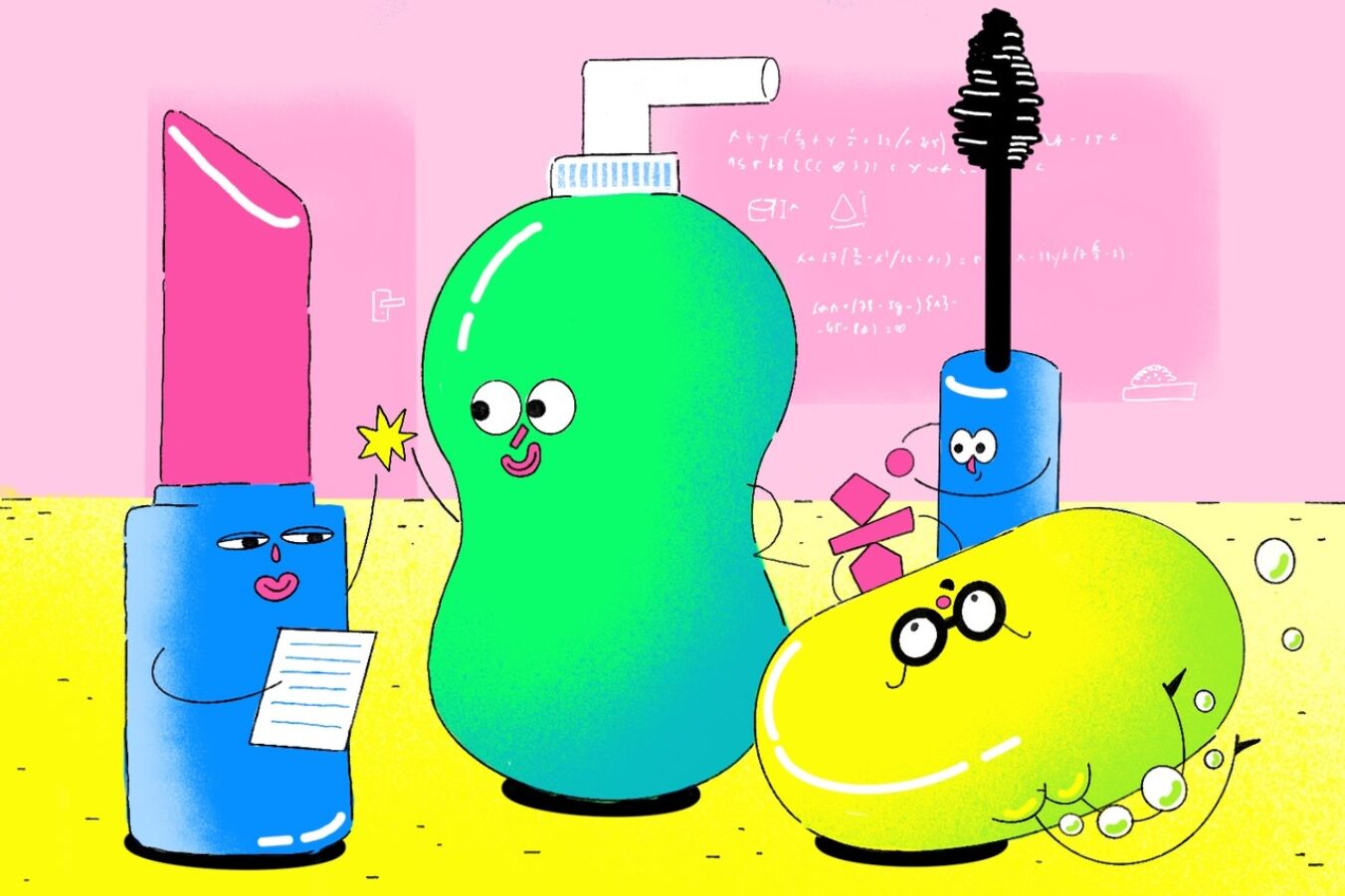The beauty industry is growing at record speed. Up from $430B in 2020 to $511B in 2021, the industry is predicted to be worth $784.6B by 2027. With so much industry expansion, what does this mean for beauty marketing? It means we need to rethink creative production.
With the explosion of indie brands and market saturation at an all-time high, beauty brands need to create high volumes of creative content to keep up and stand out amongst the competition. To understand what shoppers think about creative content from beauty brands, we conducted a survey. Here are the full survey highlights and the key takeaways for creative production.
Beauty shopper survey highlights
- Shoppers recognize growth in personalized creative – 64% believe beauty brands are doing a good job at personalizing campaigns to meet their individual interests.
- Localization is key to sustaining loyalty – Half (51%) of beauty shoppers cited they have a stronger sense of loyalty to beauty brands that localize creative content to your region and current events.
- 50% find creative assets from beauty brands to lack representation in terms of gender, inclusivity, ethnicity, or body type.
- When taking a closer look into each demographic, data shows that Gen Z (67%), Millennials (63%), and Gen X (56%) said yes to seeing a lack of representation.
- E-commerce soars to new heights for beauty products – More than half (54%) of beauty shoppers are comfortable with purchasing beauty products digitally without trying them on post-pandemic.
- While digitally native, Gen Z’ers (57%) are less comfortable with buying online in comparison to Millennials (68%) and Gen X’ers (66%).
- Subscription services drop in popularity – 72% of beauty shoppers noted they are not currently subscribed to subscription services or products. Concurrently, more than half (56%) would rather not engage with beauty brands that offer subscription services to reduce shopping cycles.
- Most shoppers find beauty ads to be overly repetitive – More than half (63%) find the ads, promotions, social posts, etc. from beauty brands to be repetitive.
- Relevancy wins – More than half (57%) of shoppers find creative assets from beauty brands to be relevant to their likes and interests.
- Shoppers want more educational content – Almost half (47%) want to see educational make-up tutorials or demonstrations in beauty marketing.
- 27% want to see interactive ads in beauty marketing.
Creative production best practices
More than half (63%) of shoppers find ads, promotions, social posts, etc. from beauty brands to be repetitive. Although the solution is more creative variety, it can be challenging to produce all the content they need by manual production. Manual production requires designers to create and edit files one by one, which is too slow and tedious to keep up with today’s content needs. Instead, beauty marketing teams can leverage automation to produce high volumes of creative variety without sacrificing on quality. These are some of our top tips for beauty brand creative production:
Prepping for templates: designers can maximize and reuse their existing assets through the use of modular templates. A modular approach allows designers to define the variable components of the template so that creative assets can easily swap in and out. For beauty brands, this could be different product and model shots, CTAs, headlines, promotions, etc. This means that with templatized creative, the content possibilities are endless.
Personalization at scale: shoppers want personalized creative. In fact, 64% of shoppers believe beauty brands are doing a good job at personalizing campaigns to meet their individual interests. Beauty marketing teams can boost their personalized creative with the help of automation. By cutting out the monotonous tasks associated with versioning, designers can create all the personalized content they need in just a few clicks. Whether it’s a flash sale for loyal shoppers, promo codes for stagnant shoppers, or custom content for anything in between, there is a multitude of ways to personalize content for beauty brands.
Global toolkits for localization: half of shoppers (51%) have a stronger sense of loyalty to beauty brands that localize creative content to their regions and current events. With rising market expansions and growing internationalization of many beauty brands, localization is everything. Finding a technological solution, like automation, is crucial for beauty brands to create all the localized variants they need without sacrificing quality or brand equity. By creating global toolkits that provide a framework for local initiatives, beauty brands can easily support anything from different language needs to multimarket transcreation without breaking the bank.
Interested in learning how Celtra can help your beauty brand’s creative production? Send us a note to learn more.

